The newly elected first minister, Humza Yousaf, chose to make his second official visit as head of the Scottish Government to view the transformational South Harbour development in Aberdeen.
He reiterated his administration’s ambition to reposition the city as net-zero capital of Europe.
This is, of course, a hugely welcome statement of intent and there is no doubt we have, across the north-east, all the necessary ingredients to make this ambition a reality.
Aberdeen’s skills advantage
Owing to our world-class oil and gas industry, this region is home to a large portion of the world’s subsea engineering capability and the highest concentration of energy companies anywhere in the UK.
The recent Making the Switch report, carried out by the indefatigable Professor Paul De Leeuw of Robert Gordon University’s Energy Transition Institute, reminds us there is 90% transferability between the skills used for oil and gas, and those required for the acceleration of new and green energies.
Aberdeen and the north-east are at the heart of an array of existing and planned transformational projects that make it a hugely attractive location for investment.
More than 60% of ScotWind licences, equating to 17 gigawatts (GW) of power generation capacity, are within 100 nautical miles of Aberdeen.
If we add to this the pioneering Innovation and Targeted Oil and Gas offshore leasing process, providing green electricity to oil and gas infrastructure to reduce carbon emissions, that number increases to a massive 22GW of floating offshore wind projects within the same radius.
This is a nascent technology for which the north-east can become a global leader, building on decades of subsea delivery experience to exploit a natural competitive advantage.
Furthermore, we have a decade of experience in planning and implementing hydrogen projects and the wider region has the potential to generate more than 1GW of low carbon hydrogen by 2032.
We have, therefore, an enviable pipeline of projects, and the critical mass in skills and experience to accelerate them.
Challenges ahead
The rather large fly in the ointment is these technologies and jobs associated with them are not currently available at scale and are unlikely to be so until towards the end of this decade at the earliest.
We are not under any illusion as to the scale of the challenge ahead of us, particularly at a time when public policy discourse is rightly focused on securing as much domestic energy security as possible.
It is essential both the Scottish and UK governments adopt a pragmatic and considered approach to a range of priorities to ensure we can achieve this as part of a managed and just transition.
Firstly, the Scottish Government must revisit the “presumption against further oil and gas exploration” position adopted in the ongoing energy strategy consultation.
It makes little sense to prematurely reduce our domestic oil and gas production only to increase carbon heavy imports from overseas.
This would be entirely counterproductive, both environmentally and economically, resulting in significant loss of revenues from oil and gas and from its large supply chain.
It would also put at risk the large number of jobs and skills that will be required to accelerate energy transition.
Impact of energy profits levy
Secondly, it is becoming ever clearer the overly severe application of the energy profits levy (windfall tax) is creating an adverse environment for investment and jobs precisely at the time we need to be maximising domestic energy security.
It was disappointing the Spring Budget did not introduce a price floor for the windfall tax where the levy would be removed should oil and gas prices drop.
This sensible approach would provide some fiscal predictability and regulatory certainty, enhancing the UK’s position as an attractive place to invest for the long term.
I hope the UK Government will take action.
Thirdly, as far as carbon capture and storage is concerned there is no doubt the UK is now falling behind other leading decarbonising countries who are accelerating this technology.
We risk losing a lot of potential jobs and industry activity.
The Acorn Project at St Fergus , near Peterhead, is a significant project that can get under way swiftly at minimal cost up front if it is provided with a clear path forward.
The announcement of the launch of the Track 2 cluster process is a positive step but we must move quickly if we are to seize this valuable opportunity.
Collaboration with industry
Beyond these three priorities it is incumbent upon both governments, working in collaboration with industry, to incentivise expansion and diversification of the energy supply chain, the lifeblood of our economy, so we have the capacity required to support the delivery of a major domestic renewables industry that is globally recognised.
The scale of opportunity before us in new and green energies is huge and the north-east is undergoing a remarkable transformation.
With the right interventions, we can ensure this region becomes one of the most attractive locations in Europe for investment in low-carbon technologies and continues to be a significant contributor to both Scotland and the UK’s long-term economic and energy security.
But first, urgent government action must be taken on the three main issues I have highlighted.
Sir Ian Wood is chairman of Opportunity North East and ETZ Ltd, the company driving forward plans for an Energy Transition Zone in Aberdeen.
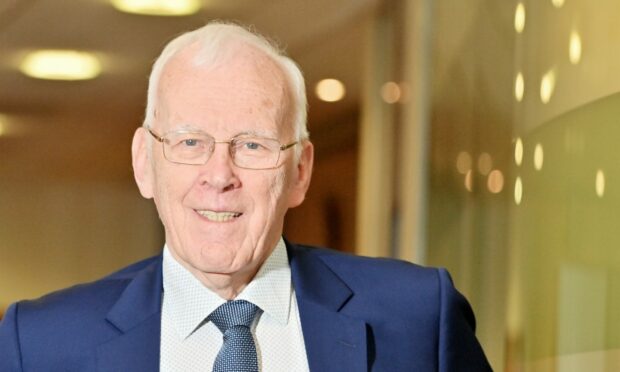
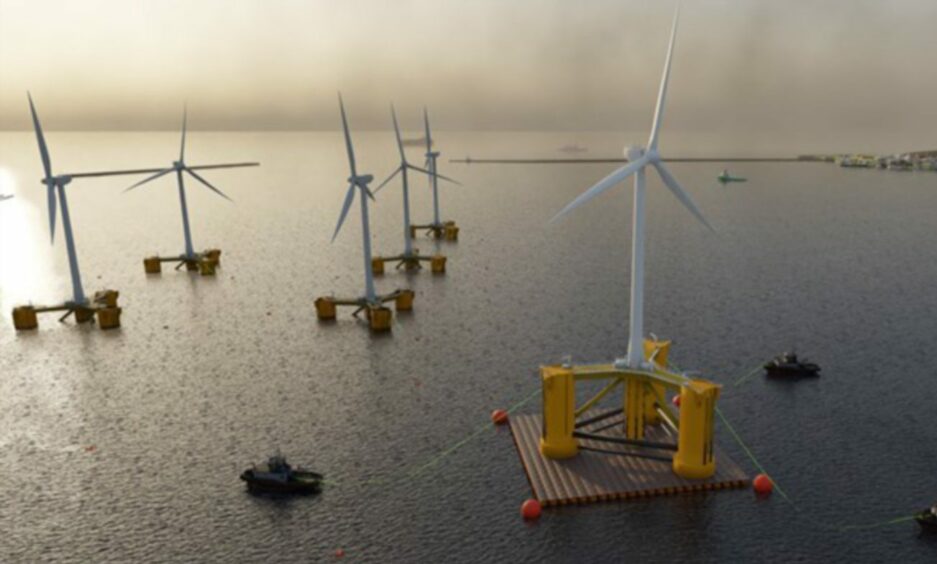
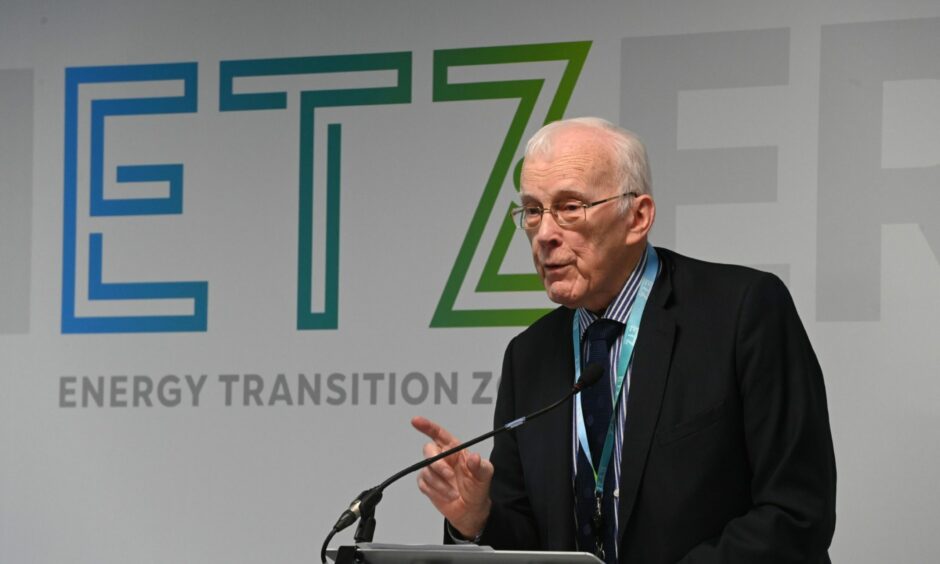
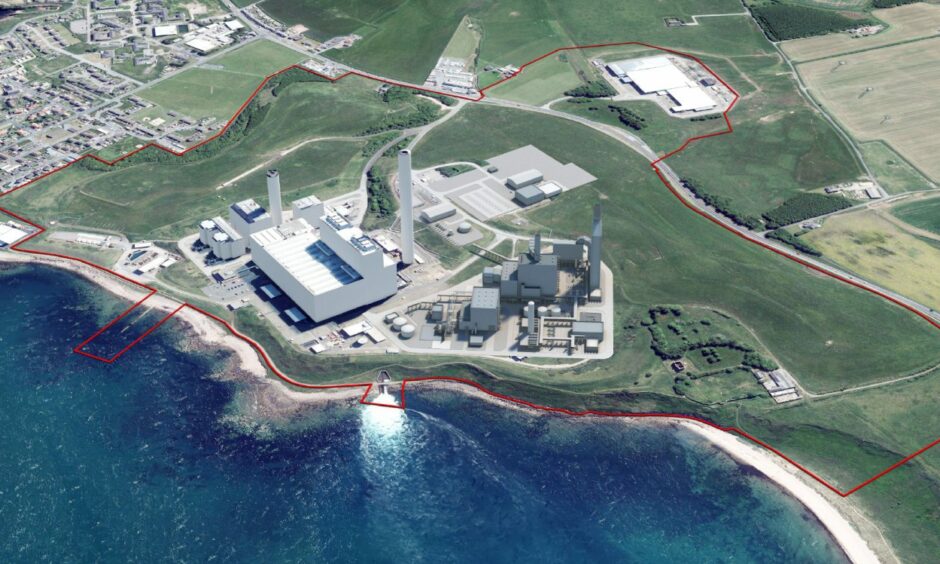
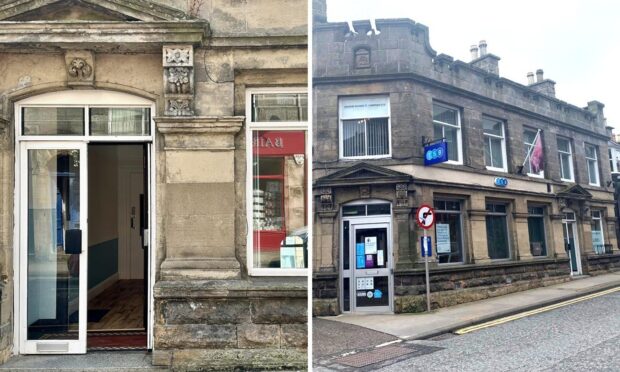
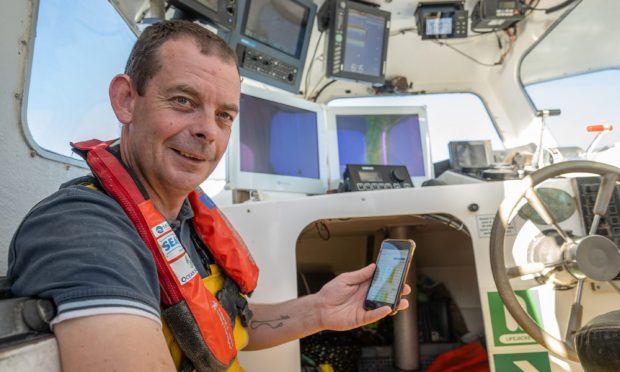
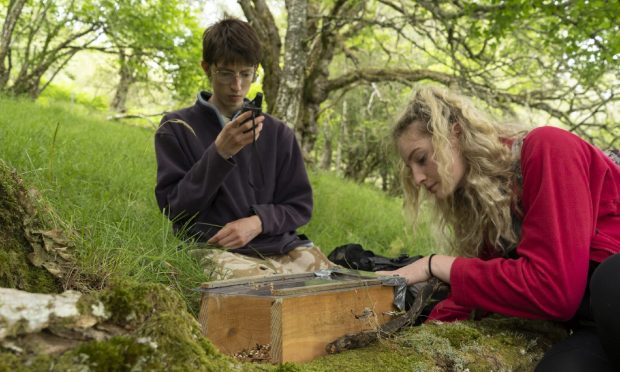
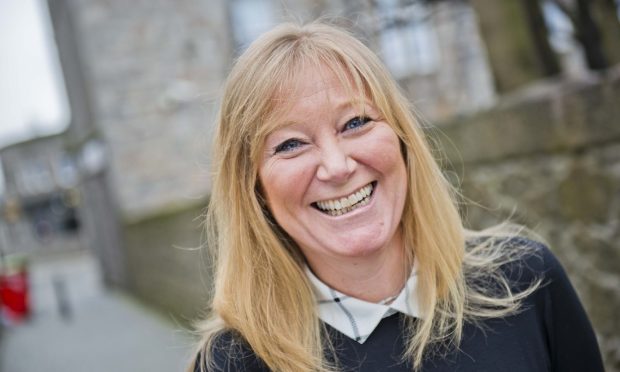
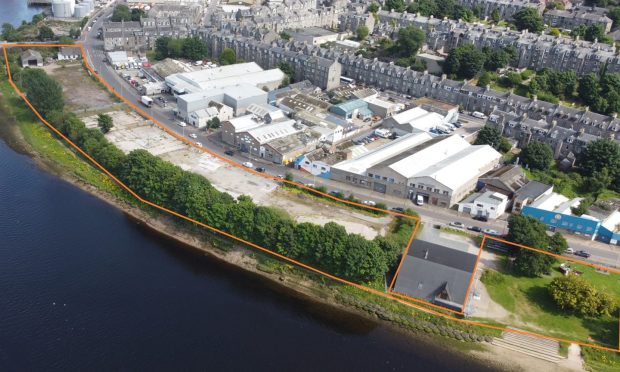
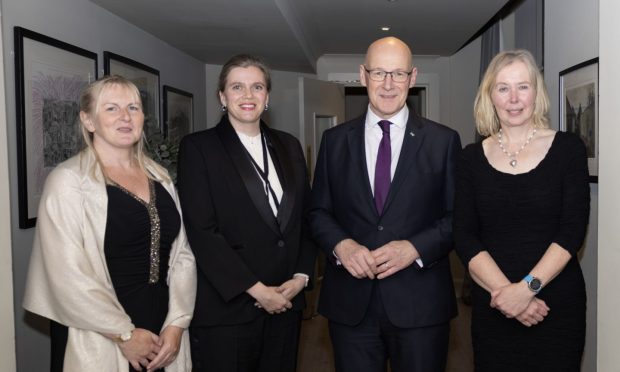
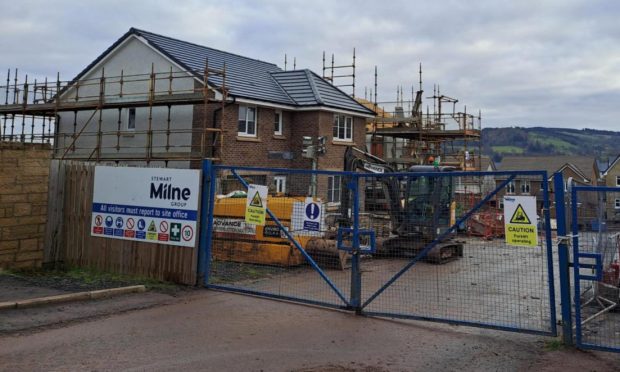



Conversation